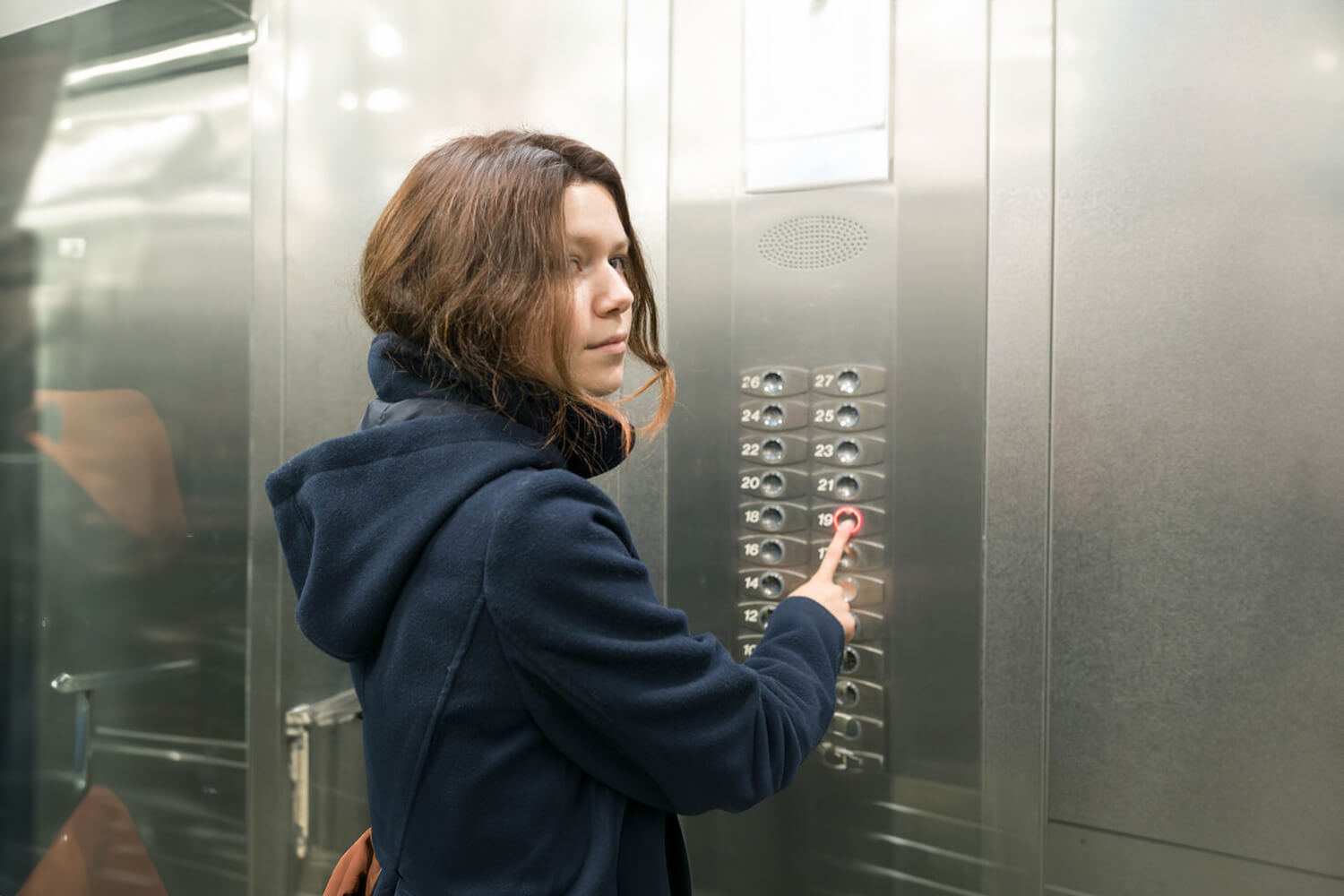You may be in charge of ensuring the proper functioning of your high-rise building’s elevators. How confident are you that all employees or building occupants can enjoy safe daily rides to their desired floors? Do you have a clear elevator safety mechanism in place to mitigate entrapment, power outages, and other dangers?
ELEVATE Monitoring’s advanced elevator answering service and monitoring systems keep elevators code-compliant and safe. Below are some considerations to add to your planned high-rise building management game plan for safer elevators.
Safety Components All High-Rise Elevators Should Leverage
Elevators rely on numerous moving parts. Unfortunately, when elevator doors, pulleys, sheaves, or anything else give trouble, it’s not just logistics that suffer–people are at risk.
One solution would be to install an elevator safety mechanism and perform regular maintenance on it. Elevators lend themselves well to numerous safety component installations, including one or more of the following:
Emergency Brakes for Elevators
An elevator’s emergency brake kicks in when the building loses power. That way, the cab doesn’t plummet down the shaft.
Modern elevators typically use friction brakes, applying opposing pressure to the elevator drum. Springs kick the break onto the pulley through an electrical mechanism, ensuring the elevator cab stays in place.
Mechanical Safety Components in Elevators
Elevator maintenance teams must inspect and maintain all manner of mechanical safety components for safe operation. Examples include:
- The controller: The brains of the elevator.
- The machine: Drives the sheaves.
- The buffer: Absorbs energy as the elevator descends.
- The governors: Control cab speeds on descents.
- The safe ties: Attach to the hoistway when necessary.
There are also sensors to calibrate.
Elevator Door Sensors
The elevator’s door sensors protect passengers as they enter or exit the cab. A misaligned sensor is a hazard, as the doors could close on someone.
The ASME Elevator Code requires working door sensors. Regular inspections and preventive maintenance for these sensors are crucial for proper elevator operation and compliance with the safety codes.
An Emergency Elevator Communication System
Does your elevator have an emergency communication system? Does it effectively connect passengers with trained agents in the event of building power loss, elevator entrapment, or other emergencies?
Accessible emergency communication systems provide two-way communication via video and text-based messaging to ensure every elevator user is safe. The agents train to handle emergency situations and understand elevator mechanisms.
Advanced Standby Power for Elevators
Another safety measure is implementing advanced standby power systems to ensure the elevator can still safely operate in a power outage.
Standby power kicks in during power loss. That way, the elevator can get everyone to the closest floor stop and prevent entrapment.
Modern Monitoring and Elevator Security
Why consider advanced elevator monitoring systems? These tools provide full insight into elevator system health, component alerts, and two-way communication.
You can stay up-to-date on maintenance and prevent malfunctions. Passengers in your building will be safe, even during potentially hazardous elevator emergencies.
Enhance Your Building’s Safety With ELEVATE Monitoring
Learn more about how to optimize elevator performance and implement the right elevator safety mechanism with an advanced elevator monitoring system–call ELEVATE Monitoring today at 877-990-9191!


